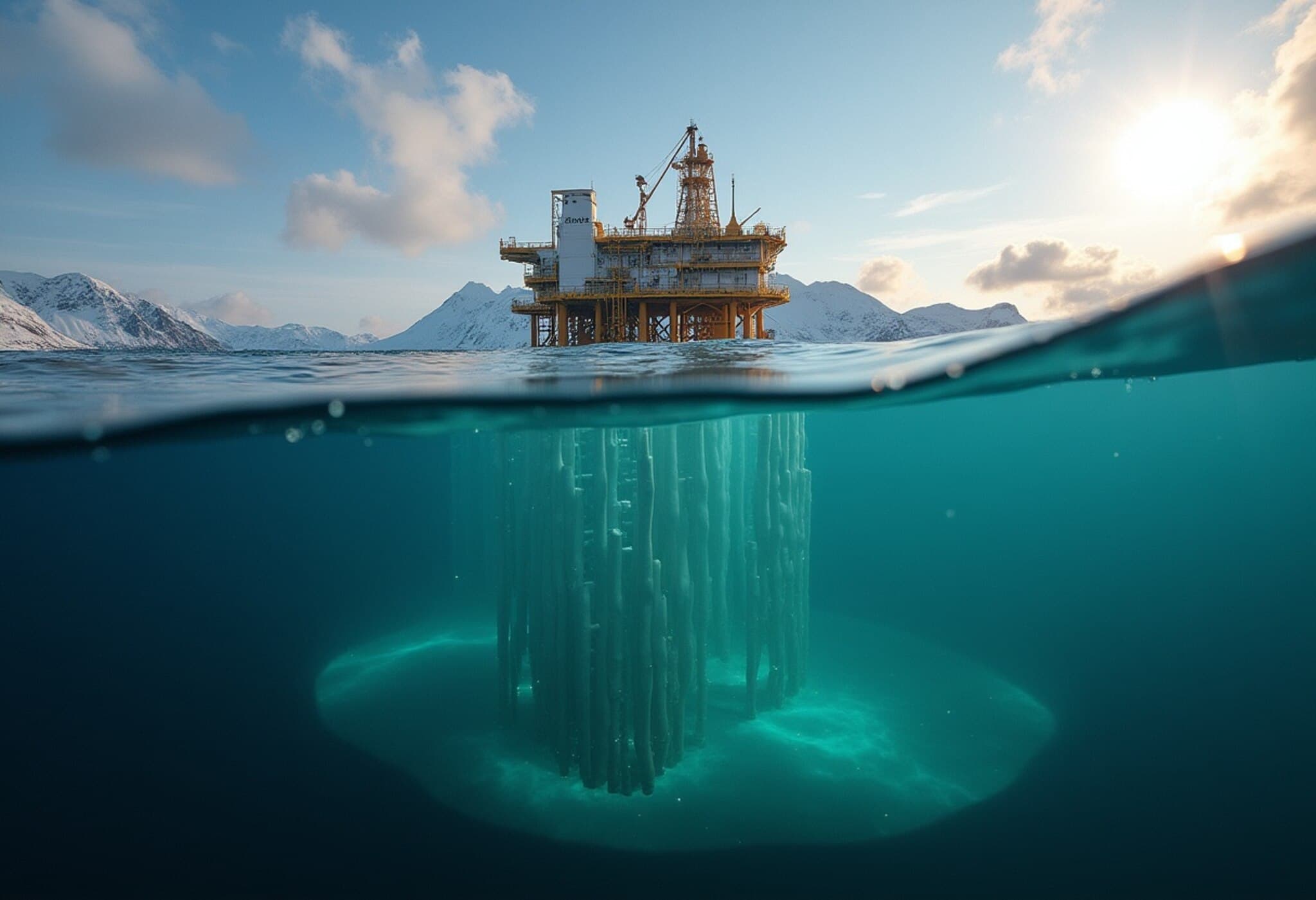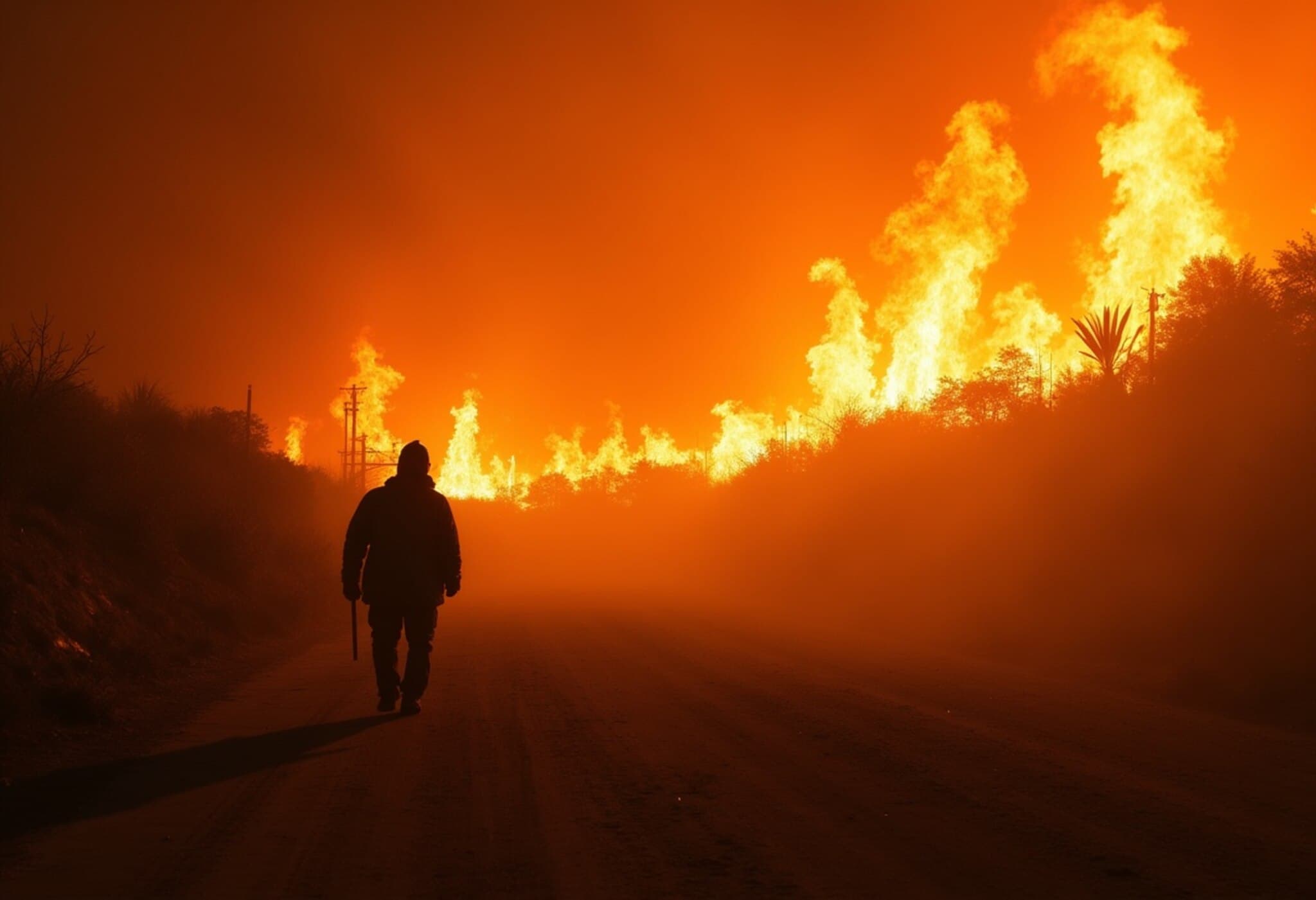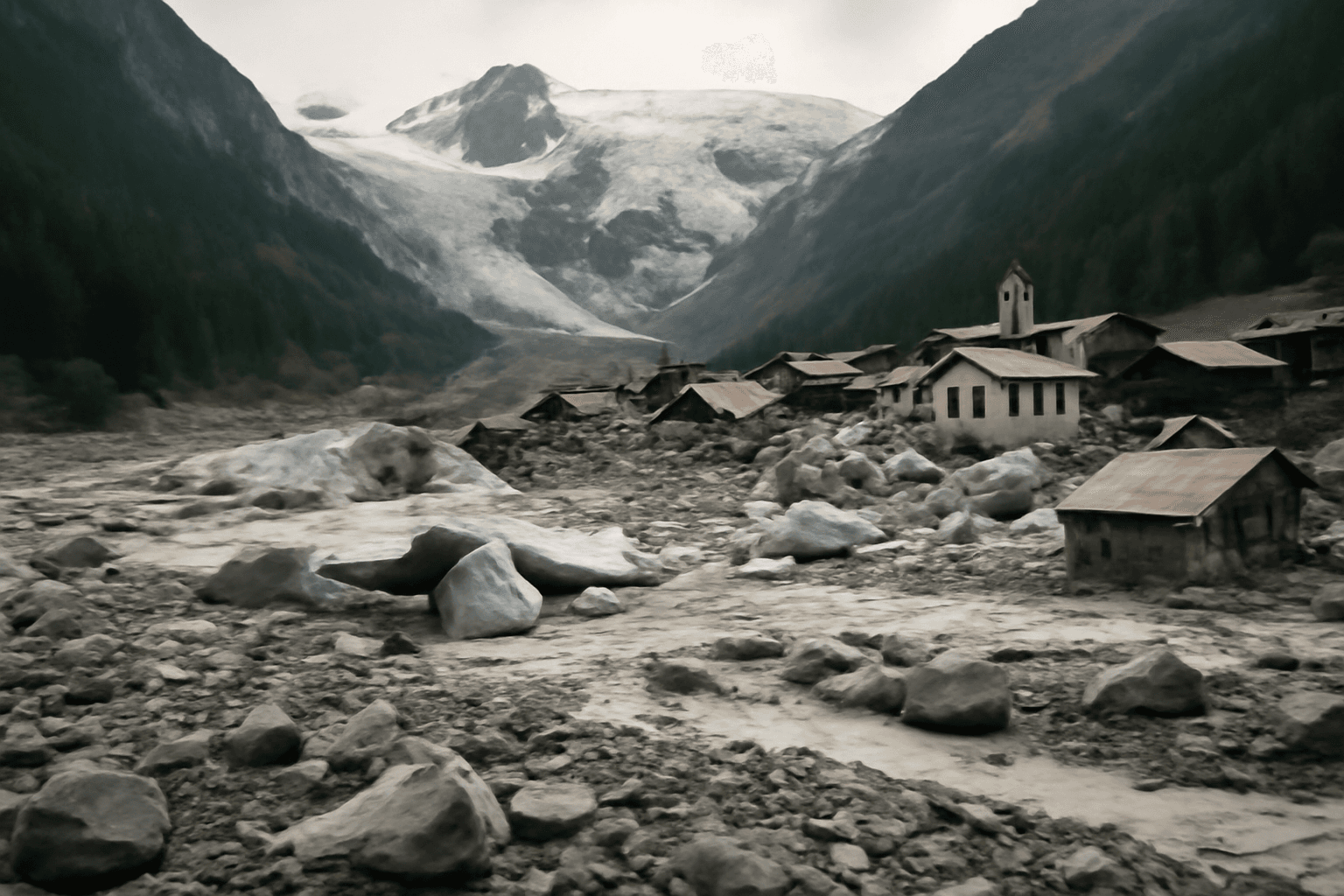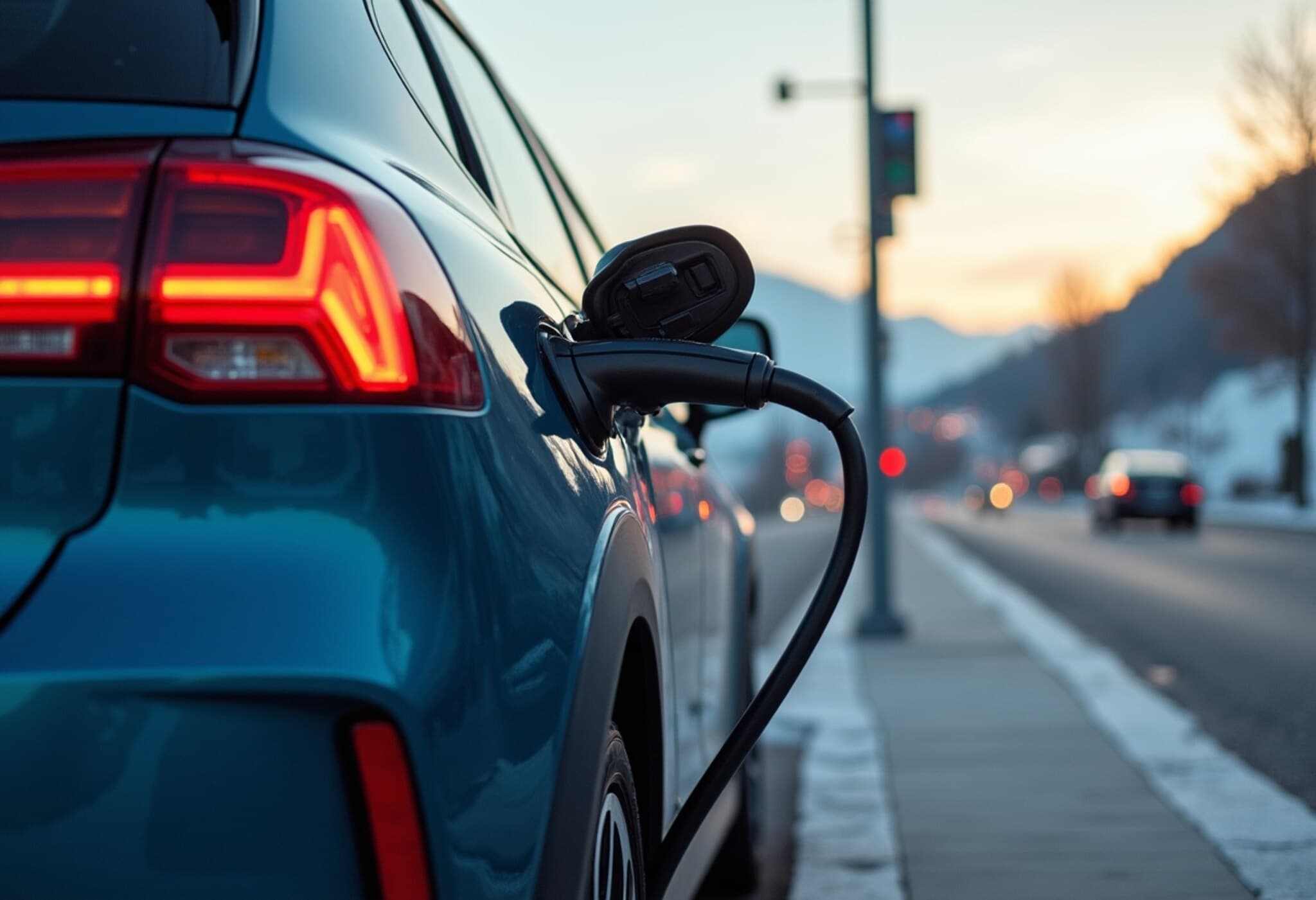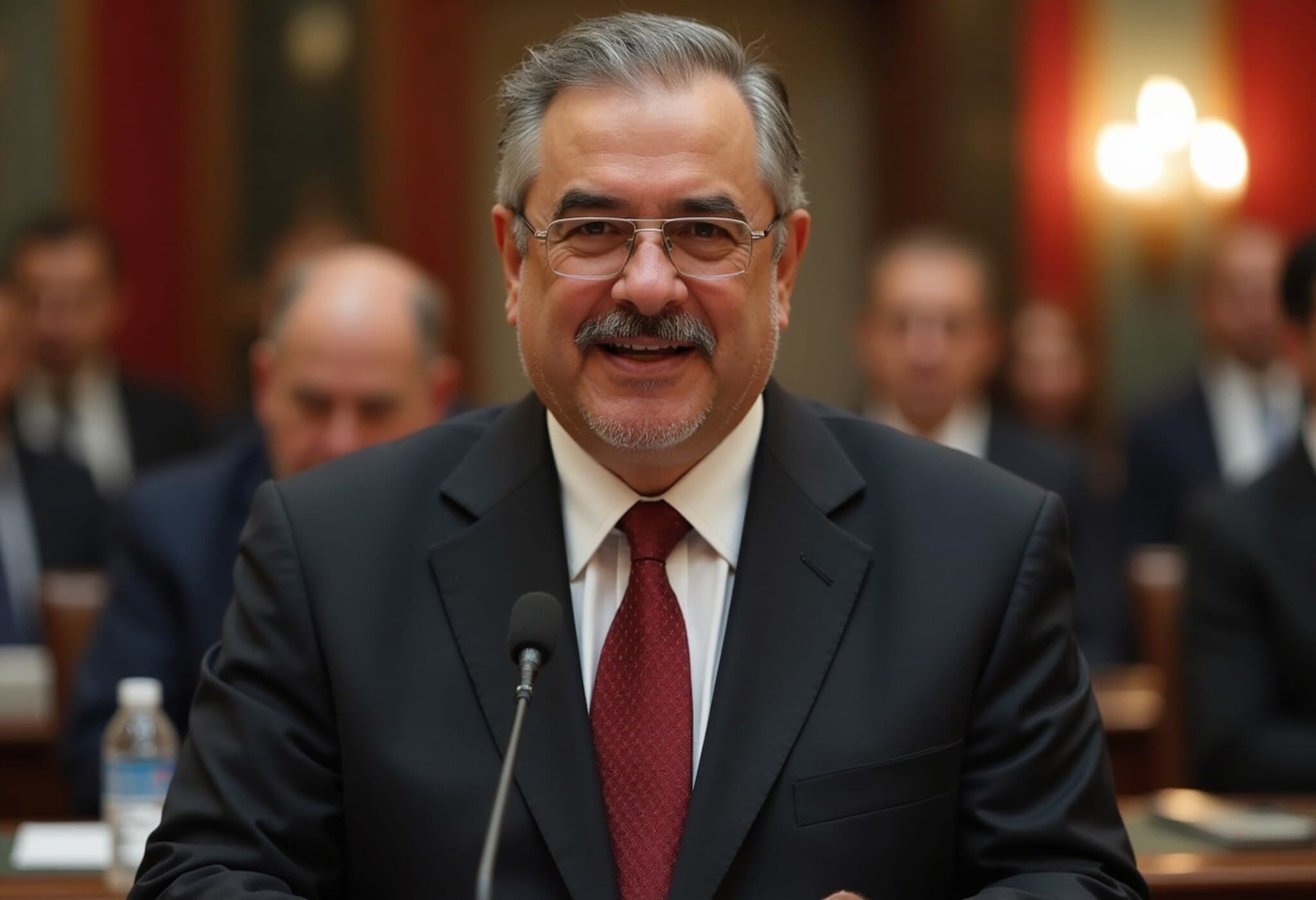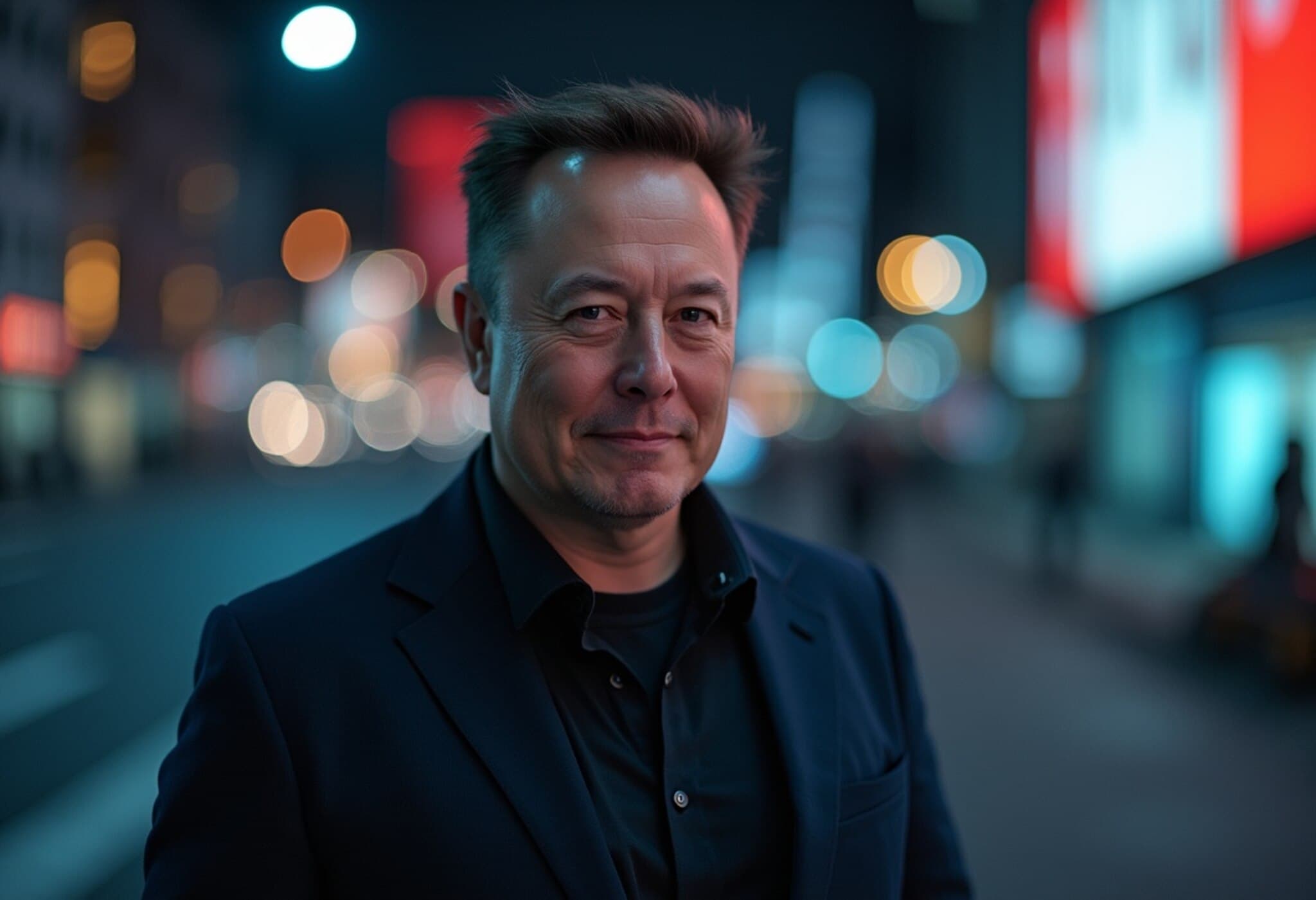Norway Pioneers Groundbreaking Carbon Capture Storage to Fight Climate Change
In a decisive step forward in the global climate battle, Norway has unveiled the world’s first commercial carbon capture and storage (CCS) operation beneath the North Sea. This groundbreaking project, managed by the Northern Lights consortium, marks the first-ever injection of captured carbon dioxide (CO2) into a deep geological reservoir, signaling a new era in climate mitigation technology.
The Technology Behind Norway’s ‘CO2 Graveyard’
Carbon capture and storage (CCS) is increasingly recognized by leading climate authorities, such as the United Nations Intergovernmental Panel on Climate Change (IPCC) and the International Energy Agency (IEA), as a critical tool for reducing emissions—especially from hard-to-decarbonize sectors like cement, steelmaking, and heavy industry.
Under the Northern Lights initiative, oil and gas leaders Equinor, Shell, and TotalEnergies collaborate to collect CO2 emissions from industrial sources across Europe. Once captured, the CO2 is liquefied, shipped to Norway’s Oygarden terminal near Bergen, and then transported through a 110-kilometer submarine pipeline to deep underground storage—approximately 2.6 kilometers beneath the seabed.
As Northern Lights’ managing director Tim Heijn emphasized, “We now injected and stored the very first CO2 safely in the reservoir. Our ships, facilities, and wells are fully operational, pioneering a path to a lower-carbon future.”
Regional and Global Implications
The initial injection originated from Heidelberg Materials’ cement plant in Brevik, Norway—highlighting how CCS can directly address industrial emissions in northern Europe. The project's significance extends far beyond Norway, providing a scalable model for nations grappling with industry-related emissions where electrification and alternative fuels remain elusive.
Challenges and Economic Considerations
Despite its promise, CCS technology is complex and financially demanding. Currently, many industries find it cheaper to buy emissions allowances under the European Union’s carbon market than to invest in CCS infrastructure—a disparity that underscores the urgent need for policy support and public-private partnerships.
To date, Northern Lights has secured commercial agreements with a small group of European industries, including Yara’s ammonia plant in the Netherlands, Orsted’s biofuel facilities in Denmark, and Stockholm Exergi’s thermal power station in Sweden. Norway’s government has been a key funder, enabling an initial annual storage capacity of 1.5 million tonnes of CO2. Ambitiously, this capacity is slated to expand to 5 million tonnes by 2030.
Expert Perspective: Why CCS Matters Now More Than Ever
While renewable energy transitions accelerate, experts warn that industries reliant on fossil fuels and high-temperature processes cannot fully eliminate emissions by switching to clean energy alone. CCS thus emerges as a vital bridge technology, ensuring that climate targets remain achievable without compromising industrial output or economic stability.
However, the long-term success of CCS depends on transparent monitoring to guarantee permanent storage and public trust in these underground "CO2 graveyards." Additionally, comprehensive climate policies must incentivize broader adoption, balancing environmental goals with economic feasibility.
Looking Ahead: CCS in the Fight Against Climate Change
Norway’s pioneering CCS project is more than just a technological milestone—it’s a beacon of hope demonstrating how innovative solutions can complement global emission reduction efforts. As climate change accelerates, integrating CCS alongside renewables and efficiency measures might be the multifaceted strategy the world urgently needs.
- Key Facts: Northern Lights’ first injection took place in August 2025 into a reservoir 2.6 km under the North Sea.
- Capacity: Initial storage of 1.5 million tonnes CO2/year, expanding to 5 million tonnes by 2030.
- Stakeholders: Equinor, Shell, TotalEnergies, and European industrial partners.
- Challenges: High costs and current economic disincentives for industries.
Editor’s Note
While Norway’s Northern Lights CCS project sets an inspiring precedent, the technology alone won't solve climate change. It prompts us to ask critical questions: How will governments balance subsidies for CCS versus renewables? Can the public trust underground CO2 storage over decades? And importantly, how can this model be replicated in emerging economies with growing industrial emissions? The answers to these will shape the trajectory of international climate policy and the race to net zero.

